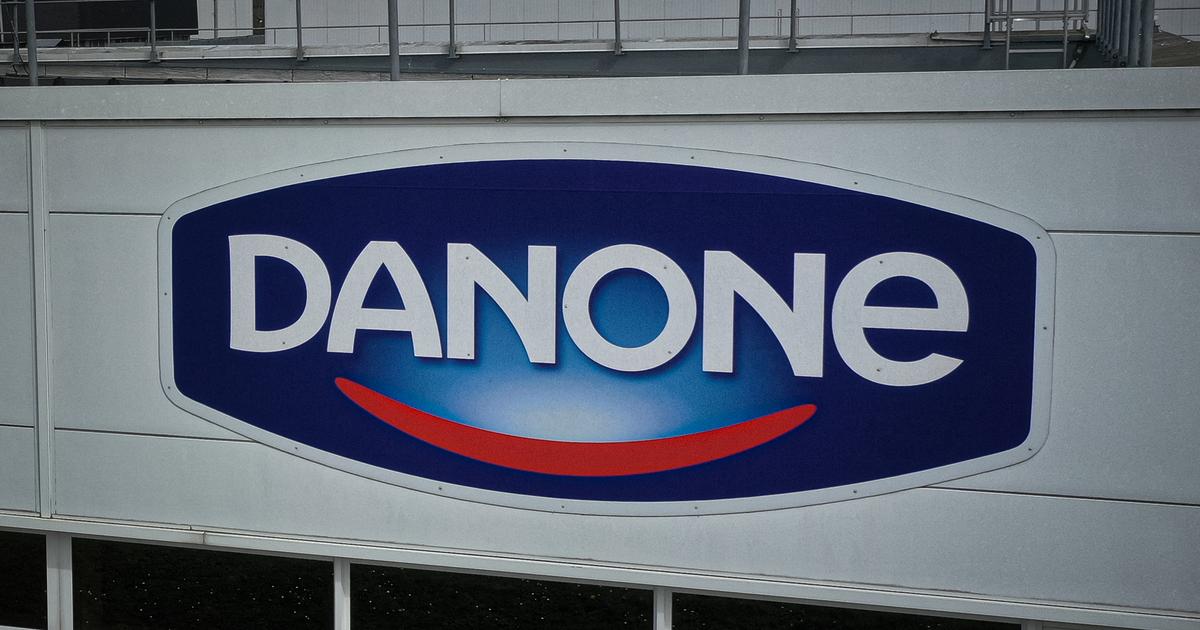Icon: enlarge
VW workers in Wolfsburg: The slump in the auto industry was particularly deep
Photo: SWEN PFORTNER / AFP
The Federal Statistical Office in Wiesbaden actually deals with numbers.
When the statisticians now took stock of the state of the German economy in the corona crisis, they also had a lot to do with one letter.
"We actually saw what we all expected," says Albert Braakmann, head of the Department of National Accounts and Prices.
"Namely V's in different formats."
The V stands for a specific trend in economic indicators: a steep fall is followed by a similarly rapid rise.
At the beginning of the pandemic, the V was still a hope value - a U with slower recovery or even an L with long stagnation after the crash were also discussed.
In this respect, it is basically positive data that the Federal Office has now compiled.
Whether in the automotive industry, in retail or in the hospitality industry: in many branches of the economy things are looking up again.
The Wiesbadeners would probably not comment on this too euphorically because statisticians tend to be sober.
In addition, despite rising indicators, the economic situation is still dramatic in many places - despite V, Corona hurts.
This is primarily due to the fact that the slump was historic.
Economic output fell by 9.7 percent between the first and second quarter.
According to Brackmann, this crash was "significantly more severe than during the financial crisis" and "by far" the strongest quarterly decline since the beginning of the corresponding surveys in 1970. A
key German industry was hit particularly
hard with the
automotive industry
.
Their V is much lower than in
mechanical engineering
or the
chemical industry
, the production index is still 15.7% below the pre-crisis level.
In addition, many V's are asymmetrical: It goes uphill again, but not as fast as it went down before.
This is particularly clear in the
aviation industry
, which has been hit hard by the Corona restrictions.
Passenger numbers rose by 229 percent in July compared to the previous month.
But even with that, they were 67.3 percent lower than before the start of the pandemic in February.
There are also big differences between the courses.
So the V of German
imports stands in
a sense in that of
exports
.
Because important sales markets of the German economy - such as the USA - were hit hard by the pandemic.
The demand for foreign products is rising again much more slowly here than in Germany - a problem and permanent risk for the export-dependent German economy.
However, there are also winners from the crisis, especially
online retail
.
The deep slump in stationary trade during the officially decreed store closings was accompanied by an upside-down V for mail order and Internet retailers.
This extraordinary development is slowly coming to an end, pedestrian zones and shops are filling up again.
The
construction industry
also got through the crisis lightly.
The number of building permits for apartments fell by 1.8 percent in July compared to the previous year.
In the first seven months of the year, however, 5.6 percent more apartments were approved than a year earlier, despite Corona.
And the
labor market
has been spared a V so far.
The number of people in employment is more like a horizontal line with a gentle downturn during the corona crisis.
In July there were 1.3 percent fewer people in employment than in February.
However, an important reason for this mild progress is the short-time work, which the government cannot extend forever.
The same applies to the obligation to file for insolvency, which has been suspended due to Corona.
The figures on company bankruptcies are currently "no longer as reliable as they used to be," says Peter Schmidt, head of the department for companies, earnings, traffic.
A lesson from the crisis
In their search for reliable data, statisticians are also breaking new ground.
While figures have so far often only been published weeks or even months after the reference period, during the crisis the Federal Office increasingly resorted to so-called high-frequency data, which depict developments almost in real time.
This includes information from cash register scanners or credit cards that provide precise information about the sale of individual product groups.
For example, it could be shown that sales of disinfectants rose eightfold during the pandemic.
Such results are "very exciting, and we consider this a promising approach," says Braakmann.
The increased use of high-frequency data is a "lesson from the corona crisis".
So far, however, statisticians have only received the information on a voluntary basis.
A planned amendment to the Price Statistics Act could make it much easier to use in the future.
Icon: The mirror














